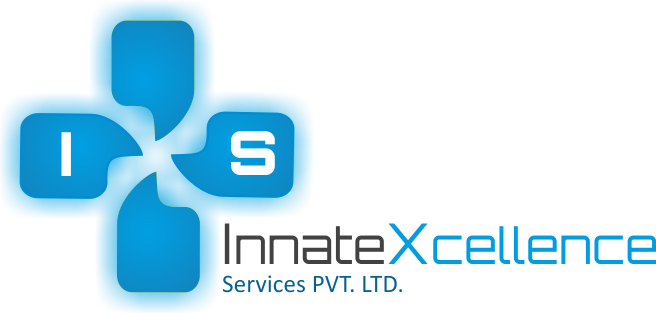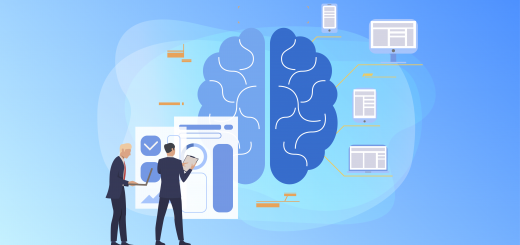The Difference Between Continuous Delivery, Deployment and Integration
As the world of software development continues to evolve, it can be easy to get lost in the jargon and technical terms that are thrown around. One such area that can be confusing is the difference between continuous delivery, deployment, and integration. While these terms may seem interchangeable, they actually have distinct meanings and important implications for the software development process. In this blog post, we’ll take a closer look at each of these concepts and explore how they differ from one another.
What are Differences between continuous delivery, deployment, and integration?
Continuous integration, delivery, and deployment are all important aspects of software development that have become increasingly popular in recent years. You may have heard these terms being thrown around in meetings, but what exactly do they mean? Let’s have a closer look at each of these processes entails and the benefits they can provide.
- Continuous Integration (CI) in Software Development
In a nutshell, continuous integration is the practice of frequently merging code changes into a central repository to catch potential issues early on in the development cycle. With CI, developers can automate the process of building and testing code changes, ensuring that conflicts are caught and resolved as soon as possible.
The benefits of CI are numerous, including fewer manual errors, faster feedback loops, and improved code quality. With automated testing, developers can catch issues immediately, allowing them to fix problems before they become bigger and more difficult to solve. Plus, with frequent and automated testing, you can ensure that all changes are fully tested and working before they are integrated into the main codebase.
Examples of popular continuous integration tools include Jenkins, CircleCI, and Travis CI.
- Continuous Delivery (CD) in Software Development
Continuous delivery is the next logical step after continuous integration. With CD, you can automate the entire process of releasing software into production. This means that as soon as new code is available, it can be automatically built, tested, and deployed into production.
The benefits of CD are many, including faster release cycles, reduced risk, and increased agility. With CD, you can make changes more quickly, and you can ensure that your code is always up-to-date and ready to go. Plus, with automated testing and deployment, you can reduce the risk of manual errors and ensure that your software is always available to your users.
Examples of popular continuous delivery tools include Jenkins (yes, Jenkins again!), Bamboo, and TeamCity.
- Continuous Deployment (CDep) in Software Development
Continuous deployment takes continuous delivery one step further. With continuous deployment, your software changes are automatically deployed into production as soon as they pass the automated testing phase. This is a true “hands off the wheel” approach to software development, as developers can push new code changes to production without any manual intervention.
The benefits of continuous deployment are similar to those of continuous delivery, with the added benefit of automatic deployment. With this approach, you can deploy code changes quickly and with confidence, ensuring that your software is always up-to-date and ready for use.
Examples of popular continuous deployment tools include Semaphore, Shippable, and Octopus Deploy.
Choosing the Right Approach for Your Team
As a developer, you know that delivering high quality software requires an efficient and effective development process. And, as technology evolves, so too do our methods for achieving this end goal. Let us explore the factors to consider when choosing the right approach for your team and provide some best practices for implementing these concepts in your development process.
- Factor 1: Your Team’s Needs
The first factor to consider when deciding which approach is right for your team is your team’s needs. Do you frequently release software updates? If so, continuous deployment may be the best approach for you. Are you working on a large-scale project that requires frequent collaboration and testing? In this case, continuous integration may be a better fit.
- Factor 2: Your Team’s Resources
When choosing a continuous development approach, it’s essential to take your team’s resources into account. For example, continuous integration is less resource-intensive than continuous deployment, but it’s still important to ensure that your team has the necessary infrastructure and tooling to support it.
- Factor 3: Your Team’s Culture
Finally, it’s important to consider your team’s culture when choosing a continuous development approach. Will they be receptive to the change in workflow? If not, it may be more difficult to implement continuous delivery or continuous deployment. It’s important to take the time to educate your team and provide guidance on how this new approach can benefit them and the project as a whole.
Best Practices for Implementing Continuous Development
Now that you’ve determined the right approach for your team, how do you implement it? Here are some best practices for each approach:
- Continuous Delivery: Continuously delivery allows for faster and more efficient updates, but it’s important to ensure that all changes are well-tested before release. To implement continuous delivery, create an automated build, test, and deployment pipeline to catch any issues before they reach the end-user.
- Continuous Deployment: Continuous deployment takes continuous delivery one step further by automatically releasing changes to production. This is great for teams that are constantly releasing bug fixes and updates. To implement continuous deployment, it’s critical to have a robust testing process in place and to automate as much as possible to avoid human error.
- Continuous Integration: Continuous integration is the process of regularly merging code changes into a single codebase. To implement continuous integration, ensure that all team members commit code often and that the system performs regular automatic builds and tests to ensure that changes don’t break the build. Encouraging communication and collaboration among team members is also critical for success with continuous integration.
Final Thoughts
It is important to understand the differences between continuous delivery, deployment, and integration. Continuous integration ensures that code changes are regularly integrated into a central repository and tested, while continuous delivery involves ensuring that code changes are automatically built, tested, and prepared for release. Finally, continuous deployment involves automatically deploying code changes to production environments. By understanding these differences, development teams can ensure that their software development processes are efficient and effective, ultimately leading to better quality software and happier end-users.



